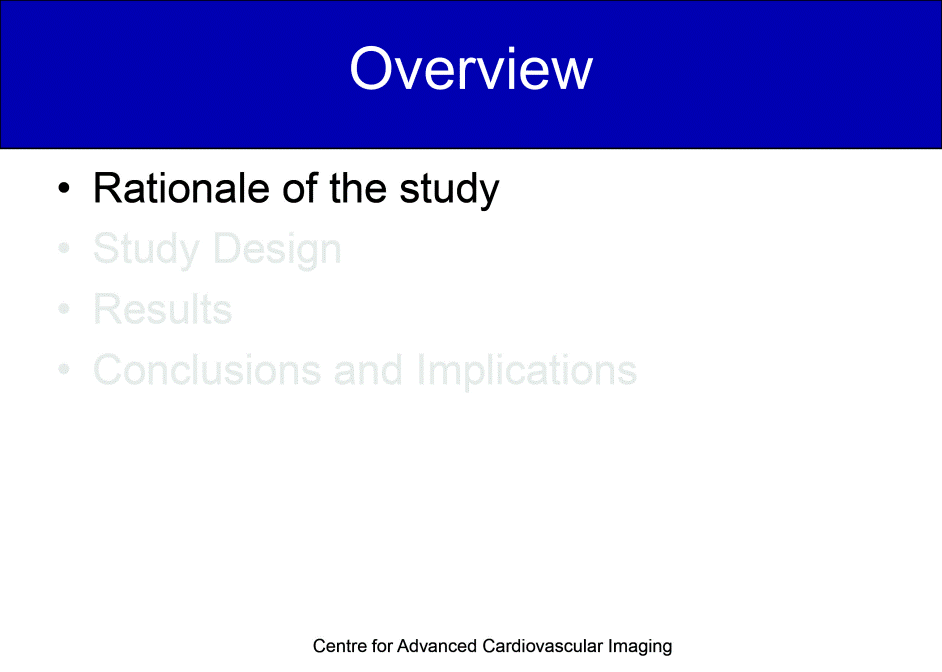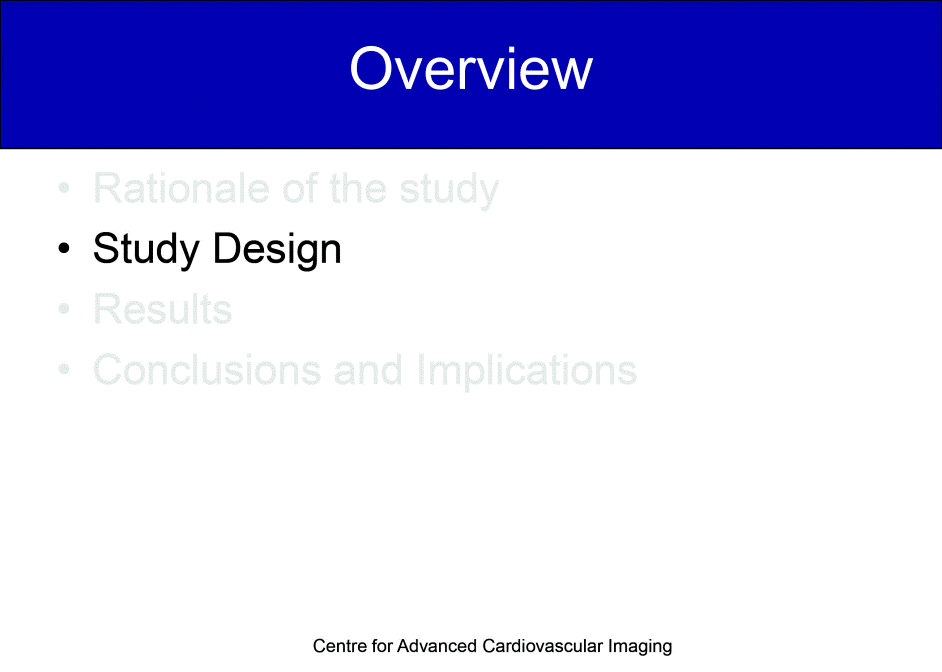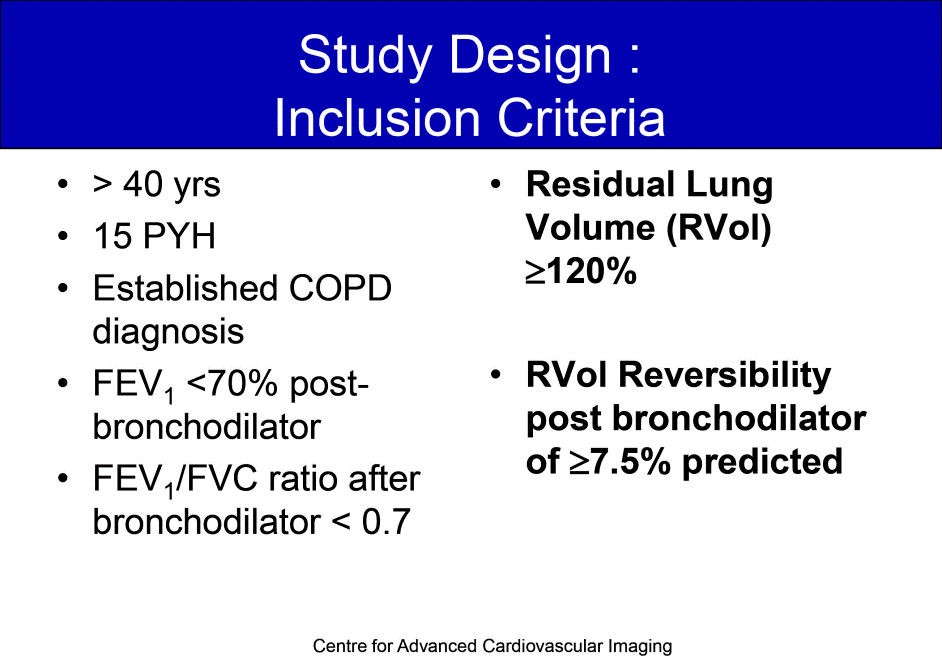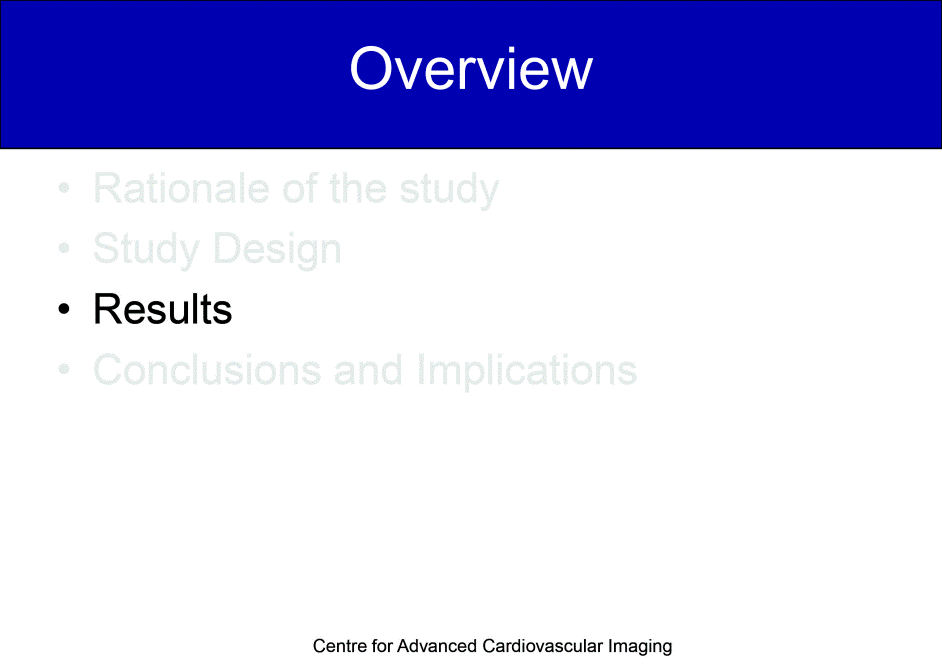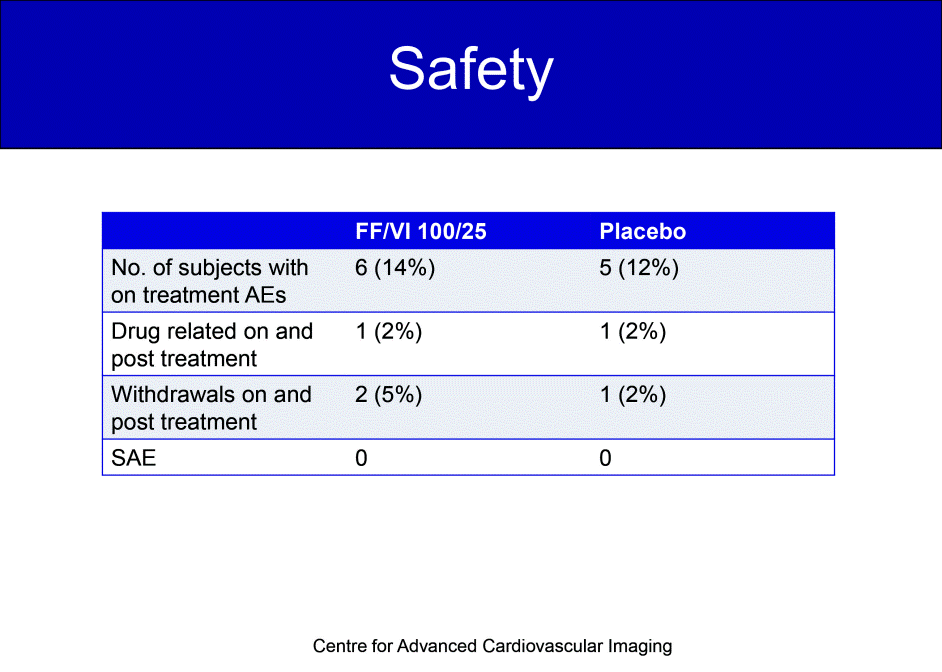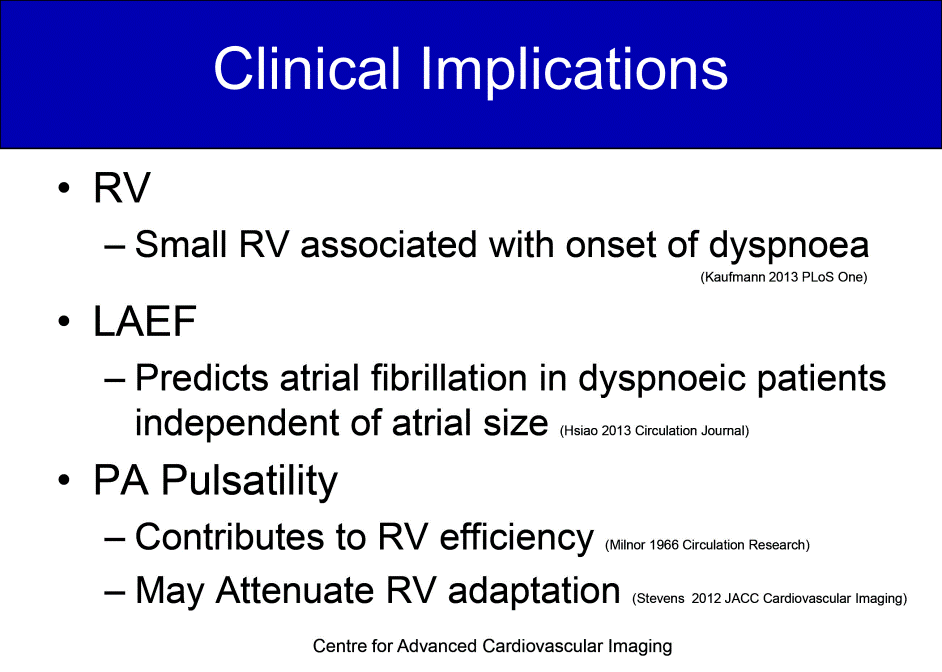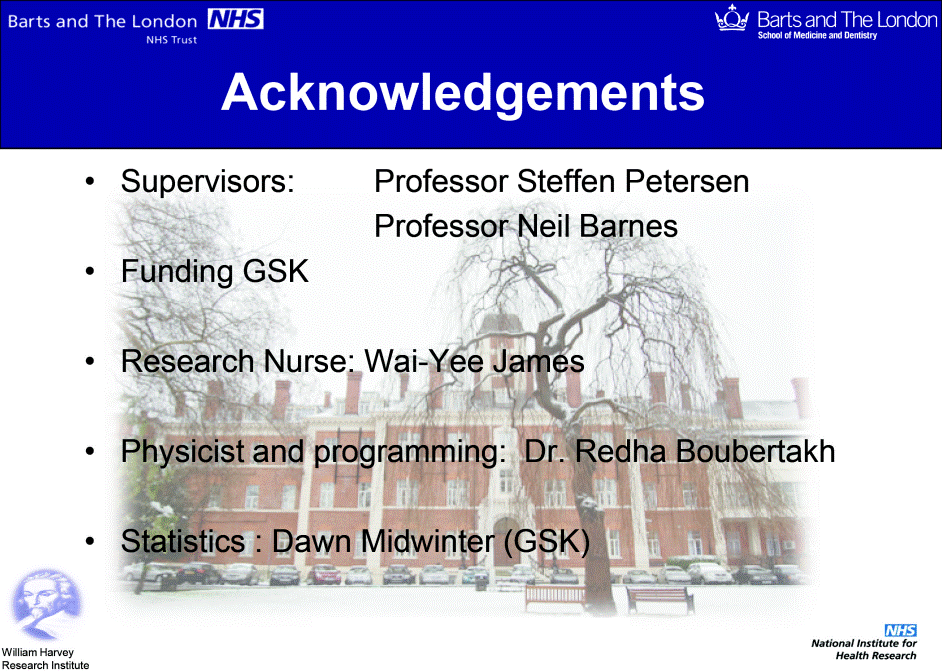Attached files
| file | filename |
|---|---|
| 8-K - 8-K - Innoviva, Inc. | a15-11050_28k.htm |
Exhibit 99.1
|
|
The Effect of Reducing Lung Hyperinflation with Fluticasone Furoate/Vilanterol on Cardiac Structure, Function and Arterial Stiffness: A Cardiac Magnetic Resonance Study Ian S Stone, Neil C Barnes, Wai-Yee James, Dawn ,Midwinter, Redha Boubertakh, Richard Follows, Leonette John, Steffen E Petersen Monday 18th May 2015 , ATS Conference |
|
|
Faculty Disclosures ATS 2015 - Denver Relevant financial relationships with a commercial interest: Ian S Stone GlaxoSmithKline, Research Support (previously) GlaxoSmithKline, Advisory Committee (previously) |
|
|
Overview Rationale of the study Study Design Results Conclusions and Implications |
|
|
Overview Rationale of the study Study Design Results Conclusions and Implications |
|
|
Potential Mechanisms Linking COPD And Cardiac Disease Consequences of Hyperinflation 2x all cause mortality 1 Significantly reduced LV dimensions and diastolic filling pattern vsratio of >0.25 2 Casanova et al AJRCCM 2005 Watz et al Chest 2010 Grau et al, Chest 2013 10% increase in CT defined emphysema associated with a reduction in RVEDV by 2·43 ml and 3·25 ml for current and ex-smokers respectively3 Casanova, Cote, de Torres, et al .: IC/TLD in COPD Assessment 595 Figure 1. The receiver operating characteristic (ROC) Type II curve is a mathematical function of the sensitivity and specificity of the IC/TLC ratio. An ROC Type II curve with 95% CIs for the various IC/TLC cutoff points for death from any cause is shown. The best value for death prediction from any cause (including 183 deaths) was 25%. measured in a lung function laboratory (11, 34). The observation that IC/TLC is an excellent predictor of mortality in COPD rebalances our thinking, in a w ay, because it provides a descriptor of the severity of lung impairment, which in some w ay was missing from the FEV 1 . Indeed, it is tempting to speculate that this association between lung hyperin?ation and mortality may explain the bene?cial effect on survival seen after lung volume reduction surgery in hyperin?ated patients with nonhomoge- neous em physema and li mited postreha bilitation ex ercise capacit y i n t h e N E T T t r i a l ( 3 5 ) . A c a r e f u l r e v i e w o f t h e p h y s i o l o g i c b e n e ?t s Figure 2. Static lung hyperinflation measured by the IC/TLC ratio, using a 25% value as threshold. Kaplan–Meier curves for all causes and respiratory failure cause are shown. Survival differed significantly among both groups (p 0.001 by the log-rank test) as seen in ( A ) and ( B ). TABLE 6. VALIDITY PARAMETERS FOR VARIOUS INSPIRATORY CAPACITY/TOTAL LUNG CAPACITY CUTOFF P O I N T S A M O N G D E A D F O R AN Y - C A U S E P R E D I C T I O N Positive Negative Sensitivity Specificity Predictive Value Predictive Value Cutoff Point* (95% CI) † (95% CI) † (95% CI) † (95% CI) † 15% 0.20 0.97 0.69 0.77 (0.14–0.26) (0.95–0.99) (0.57–0.81) (0.73–0.81) 20% 0.44 0.86 0.52 0.81 (0.37–0.51) (0.83–0.89) (0.44–0.60) (0.77–0.85) 25% 0.71 0.69 0.46 0.87 (0.64–0.78) (0.65–0.73) (0.39–0.53) (0.83–0.91) 30% 0.81 0.46 0.35 0.87 (0.76–0.86) (0.41–0.51) (0.30–0.40) (0.83–0.91) 35% 0.91 0.27 0.31 0.87 (0.87–0.95) (0.23–0.31) (0.27–0.35) (0.82–0.92) 40% 0.96 0.14 0.29 0.91 (0.93–0.99) (0.11–0.17) (0.25–0.33) (0.84–0.98) * Up to and greater than. † Estimated by Hilgers’s method (23). of lung v olume reducti on surgery, as r eported by Mar tinez and c o w o r k e r s , s h o w s t h a t t h e i m p r o v e m e n t i n e x e r c i s e c a p a c i t y and dyspnea was better associated with change in end-expiratory lun g volu me tha n with FEV 1 (3 6). Ho w lung volum e rela tes to mor talit y and, more i ntere sting ly, ho w its r educt ion ma y impr ove sur vival is not known and sh ould p rompt more i nvest igati on as p h a r m a c o l o g i c t h e r a p y d o e s r e s u l t i n s i g n i ?c a n t l u n g d e ?a t i o n ( 2 9 ) . The correlation between IC/TLC and MMRC and 6MWD was signi?cant but not superior to that obtained with FEV 1 , indicating that IC/TLC does express lung function impairment. On the other hand, IC/TLC showed a stronger correlation with BMI than did BMI with FEV 1 , suggesting that IC/TLC may also better re?ect the overall impact of disease severity, and could have a great potential impact on the multidimensional evaluation of COPD. |
|
|
Rationale Lung Deflation Respiratory benefits well described improved exertional dyspnea and exercise tolerance1 reduced inspiratory muscle loading Increase capacity to dynamically hyperinflate Benefits on cardiovascular function less clear LVRS improvement in O2 – pulse2 O’donnell et al Chest. 2006; 130(3): 647-56. Come et al Respir Med. 2012; 106(1): 109-19. |
|
|
Aims Test the hypothesis that the cardiac structural and functional alterations seen in stable hyperinflated COPD are modifiable through pharmacological lung deflation. |
|
|
Overview Rationale of the study Study Design Results Conclusions and Implications |
|
|
Study Design: Cardiac Magnetic Resonance No geometric assumptions Highly accurate and reproducible Limitations with ECHO due to emphysema do not apply new advances intrinsic myocardial systolic and diastolic function. |
|
|
Study Schematic |
|
|
Study Design: Primary Efficacy Endpoint Change in Right Ventricular End Diastolic Volume (indexed to body surface area) from baseline compared to placebo thin-walled most sensitive to the changes in pre-load conditions |
|
|
Study Design: Other efficacy endpoints Analysis Analysis AbA TAA LPA |
|
|
Study Design : Inclusion Criteria > 40 yrs 15 PYH Established COPD diagnosis FEV1 <70% post-bronchodilator FEV1/FVC ratio after bronchodilator < 0.7 Residual Lung Volume (RVol) 120% RVol Reversibility post bronchodilator of 7.5% predicted |
|
|
Overview Rationale of the study Study Design Results Conclusions and Implications |
|
|
Results: Study Consort *1 patient excluded from the analysis due to missing MRI data |
|
|
Results: Demographics Age 64.4±9 yrs 62% males, 87% caucasian 48.5±30.9 Pack years Moderate to severe COPD* FEV1% 52.5±12.2 FEV/FVC 45.3±10.3 RVol% 168.8±37.0 -23.8% reversibility post bd Comorbidity Hypertension 36% / Statin 33% CAT 18±8 Moderate or severe exacerbations in prior 3 years 47% > 2 76% never hospitalised * Values Mean±SD |
|
|
Results: Primary Efficacy Endpoint RVEDVI Difference +5.83 95% CI 2.74, 8.91 P-value <0.001 -0.47 (1.39) +5.35 (1.37) Adjusted Mean*: * Statistical analysis performed using an ANCOVA model with covariates of treatment, baseline, period and subject as a random effect. |
|
|
Pulmonary Function FF/VI 100/25 vs Placebo FEV (l) FVC (l) FEV/FVC (%) Residual Volume (l) Difference 0.220 0.350 2.0 -0.429 95% CI 0.12, 0.31 0.21, 0.49 -0.3, 4.3 -0.59, -0.27 P-value <0.001* <0.001* 0.092 <0.001* Analysis performed using an ANCOVA model with covariates of treatment, baseline, period and subject as a random effect. |
|
|
Other Efficacy Endpoints 4.87 ml/m2 2.99 ml/m2 2.18 ml/m2 3.63 ml/m2 2.33ml/m2 3.17 % 2.90 % 2.67 % * * * *Analyses performed post hoc |
|
|
Safety FF/VI 100/25 Placebo No. of subjects with on treatment AEs 6 (14%) 5 (12%) Drug related on and post treatment 1 (2%) 1 (2%) Withdrawals on and post treatment 2 (5%) 1 (2%) SAE 0 0 |
|
|
Overview Rationale of the study Study Design Results Conclusions and Implications |
|
|
Summary Of Findings Lung deflation with FF/VI 100/25 resulted in Decompression of cardiac chambers and pulmonary vasculature Increased End Diastolic Volumes Improved atrial function Alterations to pulmonary artery properties No effects on systemic arterial stiffness or intrinsic myocardial function |
|
|
Clinical Implications RV Small RV associated with onset of dyspnoea (Kaufmann 2013 PLoS One) LAEF Predicts atrial fibrillation in dyspnoeic patients independent of atrial size (Hsiao 2013 Circulation Journal) PA Pulsatility Contributes to RV efficiency (Milnor 1966 Circulation Research) May Attenuate RV adaptation (Stevens 2012 JACC Cardiovascular Imaging) |
|
|
Conclusion First study to demonstrate that changes in cardiac structure and function can be achieved following the pharmacological treatment of lung hyperinflation Whether over the long term lung deflation treatment can impact on intrinsic myocardial function is as yet unverified |
|
|
Supervisors: Professor Steffen Petersen Professor Neil Barnes Funding GSK Research Nurse: Wai-Yee James Physicist and programming: Dr. Redha Boubertakh Statistics : Dawn Midwinter (GSK) |




